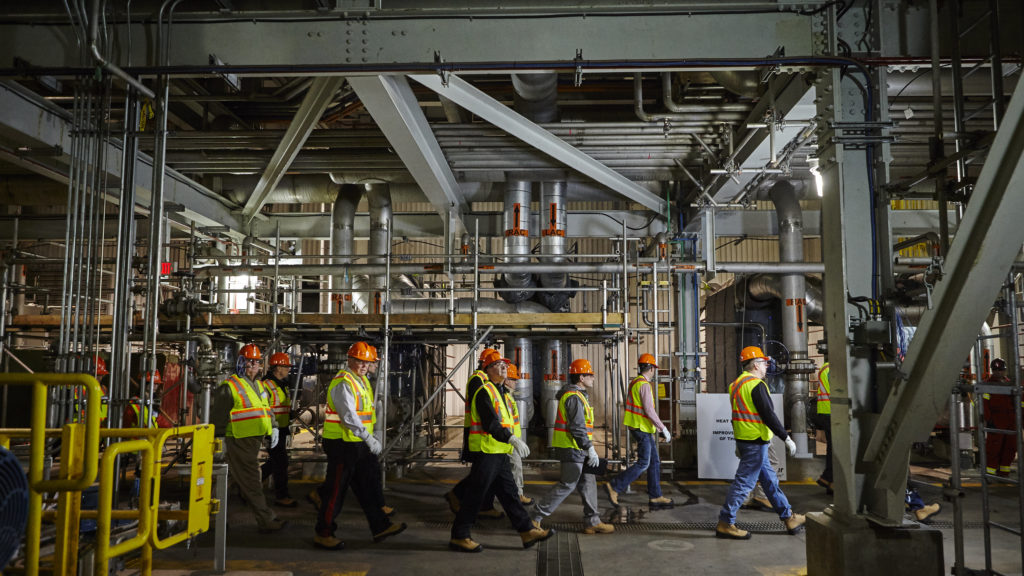Some varieties of the technology can capture carbon released when fuel is burned and even suck carbon directly out of the air.
Its plan to capture 90 per cent of emissions was dropped in favour of an easier 65 per cent target, but the facility still fails to regularly meet that, too.
Even though carbon capture technologies remain largely ineffective, they are being touted by fossil fuel producers as a viable way to lower their emissions during the production process.
While some environmentalists applaud any emission reductions, others are concerned about technologies that allow for sustained fossil fuel use.
The primary market for captured carbon is also among oil and gas companies, which use it for enhanced oil recovery.
It’s a relatively small amount of the refinery’s total emissions, however: in 2019, Irving Oil spewed 2.9 million tonnes of CO2 equivalent greenhouse gas emissions into the atmosphere and reported capturing only about 53,000 tonnes.
Ottawa has said the credit will be available for “a broad range” of applications, including direct air capture , blue hydrogen projects or to industrial sectors like concrete production and fuel refining, but it’s not intended for enhanced oil recovery projects.
The top finding is that 45Q has been a major boon to American oil companies that could result in an extra 400,000 barrels of oil per day by 2035.
The letter does offer a few recommendations if Ottawa chooses to push forward.
